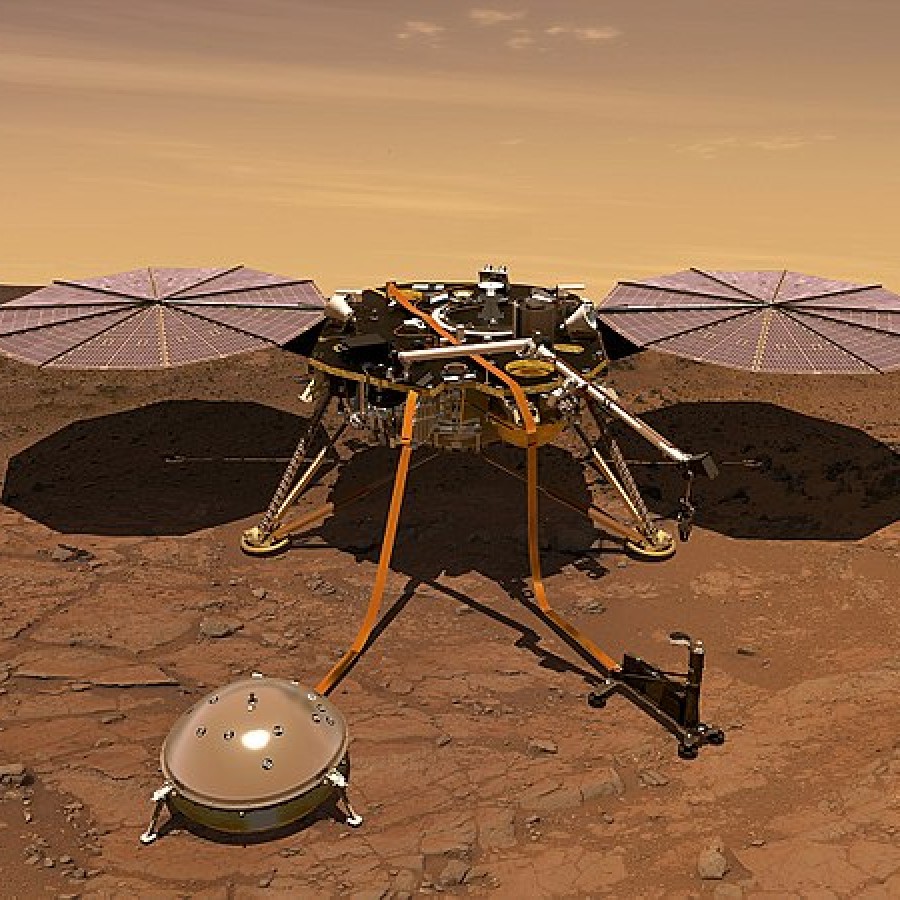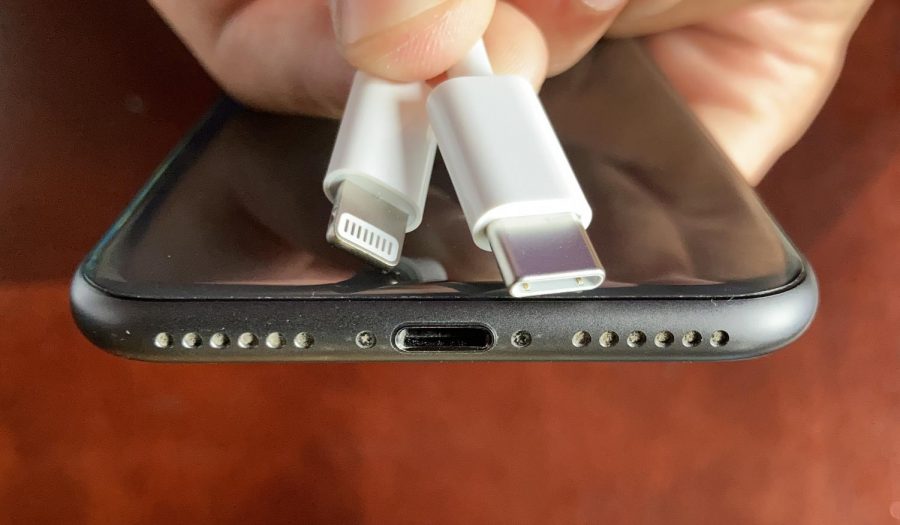On Nov. 26, Nasa’s InSight spacecraft touched down on the surface of Mars. This made yet another huge advancement in the field of astronomy and space exploration. NASA has successfully managed to land this data-collecting spacecraft on Mars to analyze the planet’s soil and other physical aspects.
InSight, also known as Interior Exploration using Seismic Investigations, Geodesy and Heat Transport, is a spacecraft that has been sent to Mars in order to collect of data on the planet. The spacecraft has two goals in particular. The first is to use a seismometer called SEIS to measure seismic activity, which is the amount and size of earthquakes on the planet. It will then create 3D maps of the planet’s interior. The other goal is to use an internal heat flow probe called HP3. This probe will provide readings on the planet to indicate how Mars evolved as a planet and the how the geography of the planet has changed.
The landing of InSight on Mars is critical to NASA’s plan to send people to Mars by the 2030s, according to an article from Business Insider. Although NASA was originally focused on discovering new, unknown things and exploring unknown areas of space, their focus shifted when the Trump administration came into office. President Trump cut NASA’s budget and wanted them to get back to putting people on the moon in addition to wanting to be the first to land people on Mars.
PV Students are aware of these advancements. Aman Manazir, senior, commented, “The study of Mars’s structure will allow us to collect more data concerning planet structure, and may potentially allow us to reach new and important bounds in planetary exploration.”
Manazir also highlighted how studying the seismic activity of other planets is important. He adds, “This exploration and study of the geological and tectonic activity of Mars is incredibly important. One defining feature of Earth is the fact that it is one of the only planets to have tectonic plate activity.”
While many may think that this spacecraft’s landing is not new or worthwhile, it will provide more data than scientists ever have had access to. It will do is go very deep into the surface of Mars. While many probes and rovers have gotten to the surface of planet, none have ever gone so deep into the surface to collect and analyze the data that InSight will be looking for.
This achievement is a very big deal as the the success of this launch and the landing of the InSight is another step toward a future where humans will begin to visit and be able to settle on Mars. Zachary Miller, an earth science teacher at PV, said, “I think the success of mission and the data we collect from it will be crucial for us to even begin considering the process of ever sending humans to Mars.” It provides us a glimpse into what the future holds for humans and the exploration of space.










